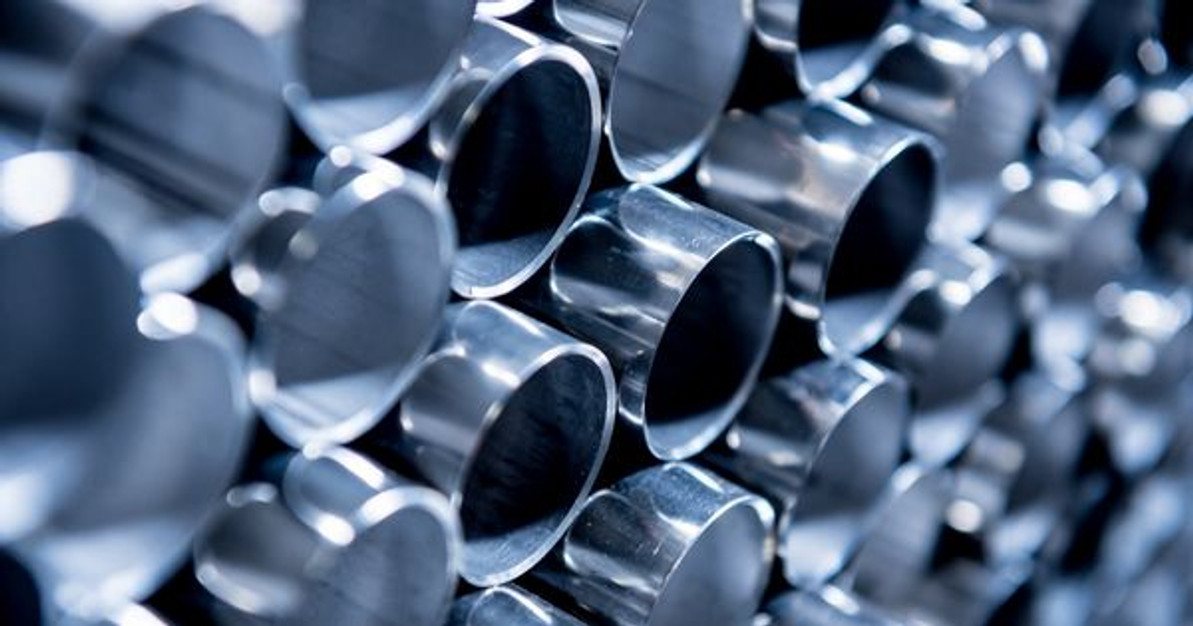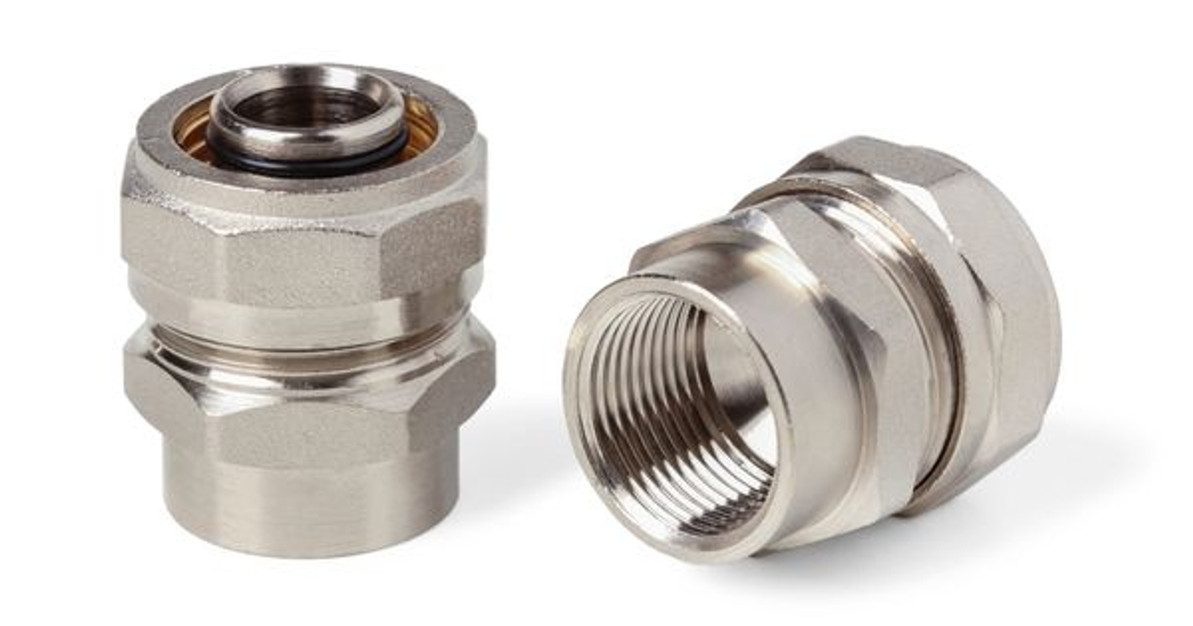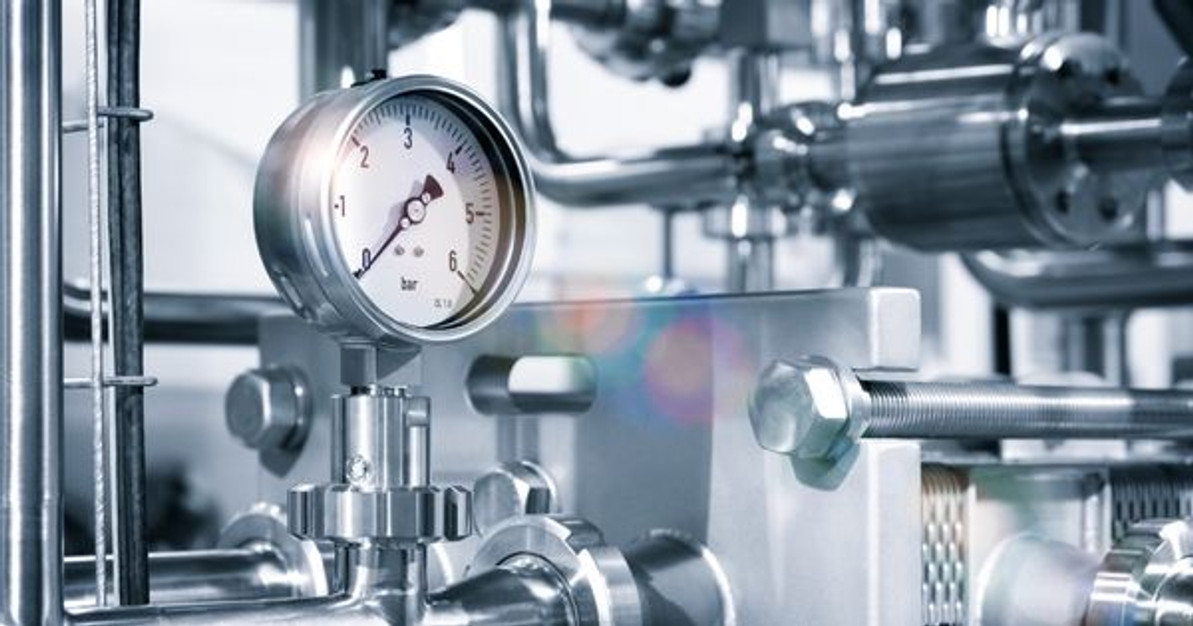 Jun 7th 2019
Jun 7th 2019Top 5 Sanitary Welding Mistakes to Avoid
Sanitary welding is a welding and metalwork practice specifically for the food, drug, and dairy industries. Basically, it involves creating food-grade welding and metal for equipment used across the consumables industry.
There are over a hundred different grades of stainless steel, of which grade 304 is the most common. However, for food and consumable industries, the standard stainless steel grade is 316.
When you work in (or provide services for) the food, drug, or dairy industry, sanitation is arguably the most critical factor in day-to-day tasks. Sanitary welding, sanitary valves and fittings, and sanitary strainers (for dairy) are all integral for keeping the public safe and maintaining the integrity of the company.
The following are five critical mistakes that can be made in food-grade sanitary welding practices—and how they must be avoided.
1. Welding Different Kinds of Metals Together
This is one mistake that should be avoided at all costs in sanitary welding. Problems that can arise from this drastic mistake include corrosion of metal around couplings, food contamination from that corrosion, and cracking in the metal resulting from the different thermal capacities.
Usually, this is a problem that originates in the design phase for food-grade equipment. It can be avoided first of all by ensuring your manufacturing supplier is competent and reputable in the industry. Second, you must make sure your in-house engineers and safety teams know about industry safety standards like this.
2. Failing to Eliminate Burrs and Sharps
In other industries, it can be acceptable for welders to leave small (usually microscopic) burrs and sharps on metal surfaces. However, when working on food-grade equipment, it’s absolutely unacceptable.
If sharps or burrs are compromising the sanitary metal surface, this must be remedied by sanding, electropolishing, or some other specialized smoothing technique.
3. Overstressed Surfaces
Welders generally have to avoid using any technique that might cause too much stress to a metal surface. This is especially the case where food-grade stainless steel is involved.
While an overstressed surface than have various contributing factors, when it comes to sanitary welding mistakes, it’s usually an indication that the steel’s protective oxide layer is close to being stripped off. Without its oxide layer, steel is dangerously susceptible to corrosion.
To avoid this problem, remember that anytime excessive heat or force is applied during a weld, stress cracks or corrosion can occur.
4. Bolted Framework
Every competent professional working in sanitary welding knows that connections in piping and other metal parts must be sealed together—not just bolted.
It’s important that all surface areas be completely smooth. This makes bolting pieces together, or creating holes or dents of any kind, a generally bad move, as it increases the Ra of a metal surface.
When screw threads must be used, they must be sealed. Additionally, the equipment has to be connected together using tight seals that create a perfectly-smooth surface, while allowing for disassembly later for repairs and cleaning.
5. Making Welds in Inner Corners
A very important point for sanitary welding practices is that inner corners and angles must be radiused. This means that welds should never be made in corners, but only in flat surfaces.
This is because any corner or porous surface is an easy breeding ground for bacteria, which spells trouble for a consumable industry. Welding along or inside of corners tends to result in sharp angles and porous surfaces, so it must be avoided.
In Conclusion
Sanitary welding can cause serious problems if not done correctly. Thankfully, armed with the information in this article, you know to avoid five common problems faced by food-grade industries when welders don’t do their jobs correctly.
 Jun 7th 2019
Jun 7th 2019Recent Posts
-
Nov 7th 2022
What Is Food-Grade Stainless Steel Tubing?
Businesses that produce food and beverage products must operate hygienically. Sterile environments a …Nov 7th 2022
-
Oct 11th 2022
Why Sanitary Fittings Are Important for the Medical Industry
Sanitary fittings are useful for many industries. Food and beverage manufacturers have used these to …Oct 11th 2022
-
Sep 23rd 2022
What Is the Max Operating Temperature for Stainless Steel?
Stainless steel is valued in many industrial applications because it’s capable of withstanding high …Sep 23rd 2022




